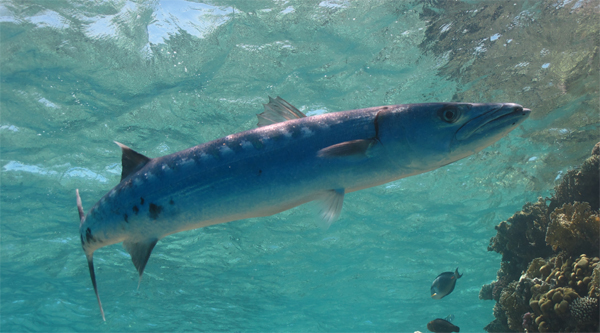Sharks of the Red Sea
4.9 / 5 228 ReviewsRed Sea Sharks
Let's get some useful information on Sharks population on Sinai and learn 10 sharks facts everyone has to know before getting close to these creatures.
Ten facts about sharks
1. Shark's teeth are normally replaced every eight days.
2. Some species of sharks can shed as many as 30,000 teeth in their lifetime.
3. Dried shark skin (shagreen) was used in the past as sandpaper. In Germany and Japan, shark skin was used on sword handles for a nonslip grip.
4. In 1937, shark liver oil was discovered to be rich in vitamin A. Sharks were hunted for the vitamin until 1950, when a synthesizing method was developed for vitamin A.
5. The average life span of a shark is 25 years, but some sharks can live to be 100.
6. Great White Sharks can go as long as three months without eating.
7. Not all sharks have to be in continuous motion to breathe.
S. Sharks have no bones. A shark's skeleton is made up of cartilage.
9. There are more than 340 known species of sharks.
10. Sharks can generate about six and a half tons per square inch of biting force
Sharks are observed on less than 10 percent of the dives, but in nearly every case they maintain a respectful distance of 30 feet or more and promptly disappear into the blue.
Sharks population on Sinai
The shark population in Sinai seems to have diminished since 1980. This is a bit strange because the years from 1978 to 1982 were the period of heaviest diver pressure. Also, there is very little fishing for sharks. It is common to see nurse sharks resting in the sand. At some locations white tips, gray reef sharks, and hammerheads can be seen cruising in open water. Six families of sharks are normally found in the Red Sea: nurse sharks (Orectoblidae), the whale shark (Rhinocondontidae), thresher sharks (Alopiidae), mackerel sharks (lsuridae), requiem sharks (Charcharhinidae), and hammerheads (Sphymidae). The Great White Shark has not been reported here.
Unless a shark displays aggressive behavior, no particular caution is called for. If it circles, arches its back with pectoral fins lowered, or makes sudden spasmodic movements, the best strategy is to beat a hasty but dignified retreat without turning your back. Avoid any quick movements which could be construed as aggressive or panicky.
Tiger Sharks
Tiger sharks (Galeocerdo Cuvier) are named because of their striped markings. They live in deep water up to 350m, only visiting shallower water to feed on fish, turtles, crabs, clams, sea birds, other sharks, rays, dolphins and squid. It's estimated that they can live up to 40 years. Every year divers flock to the Red Sea for a chance of a mere glimpse at these creatures! Why are they here? Tiger Sharks are solitary animals except during mating season. It is well known that they then migrate up to 500 miles looking for cooler water for the warmer months and return during the winter. Whilst still unproven, this does appear to be the reason for their annual 'holiday' as the waters around Sharm can be at least 2 to 3 degrees cooler than more Southern parts of the Red Sea. The Tiger Shark is the only species of its family that is ovoviviparous which means that during the nine month gestation period, the babies remain in their mom's stomach before being born live in litters of between 10 and 82 pups; very few of which actually survive. The sad fact is that the World Conservation Union (IUCN) presently lists the tiger shark as "Near Threatened" throughout its range.
If you do see a tiger shark - as with the standard training for sighting any large animal underwater; stay close to your dive group and guide, move close to the reef, stay quiet and don't flap your arms or fins too much and remember the fact that you are one of the lucky few who has seen one of these magnificent creatures in their natural habitat.
